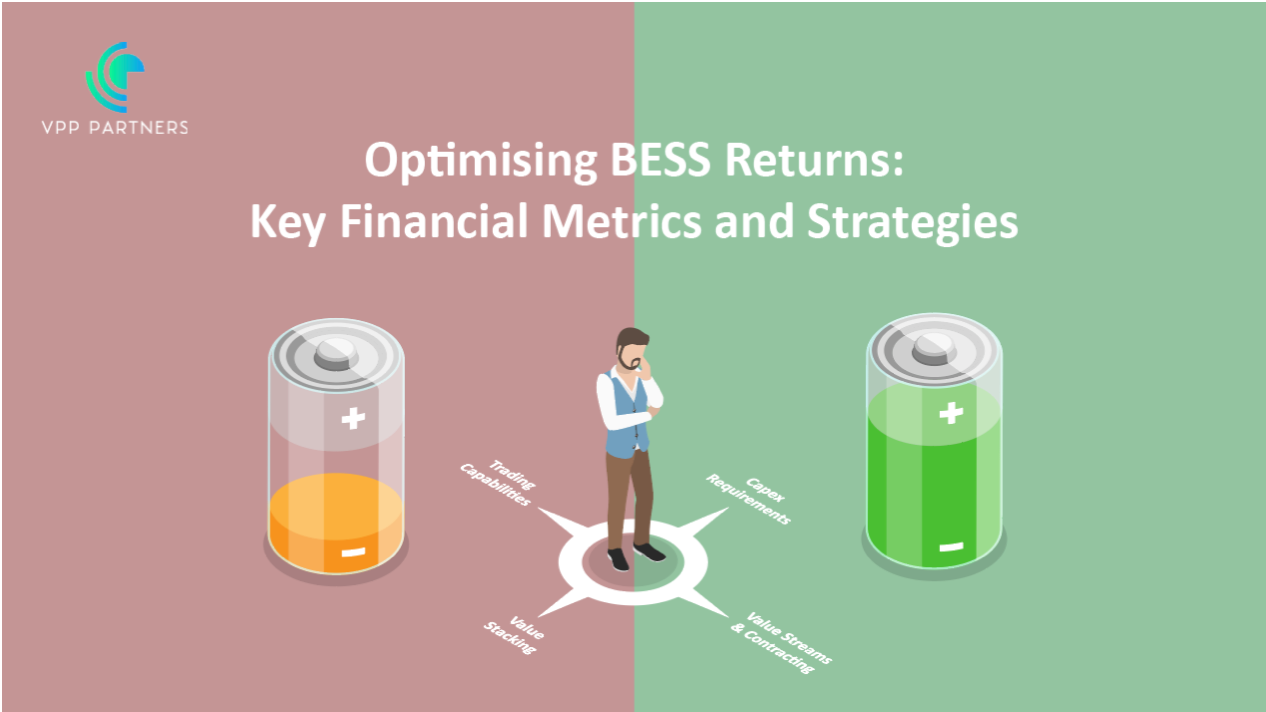Navigating the Integrating Energy Storage Systems (IESS) Changes: Insights for Participants
Originally posted on LinkedIn on 29 April 2024
The upcoming Integrating Energy Storage Systems (IESS) changes set for June 2024 mark a significant milestone in the National Electricity Market (NEM) landscape. As a technical participant, understanding the impact of these changes and the tools available, such as the Participant Development Support Environment (PDSE), is crucial for seamless adaptation. Let's delve deeper into the nuances that matter to you.
Who Does It Impact? The IESS changes will have a notable impact on various participant groups:
- Financially Responsible Market Participants (FRMPs): Market customers, generators, and small generation aggregators in pre-production registration.
- BESS Participants: Those planning to utilise battery energy storage systems (BESS) and registered users in pre-production.
- New Market Participants: Entities undergoing NEM registration that seek to leverage PDSE for testing interface developments.
Understanding IESS and PDSE: The IESS initiative, part of the NEM Reform Program, aims to facilitate the integration of energy storage systems. This includes introducing new participant types like Integrated Resource Providers (IRPs) and bidirectional unit (BDU) bidding and dispatch functionalities.
The PDSE, provided by AEMO, offers a test environment to assist participants in developing and testing systems ahead of the IESS changes. It provides early access to beta versions of key system updates, ensuring readiness for impending market adjustments.
Key Changes and Dates
By June 2024, several pivotal changes will come into effect:
- Gross Energy Consideration: Shifting from net to gross energy calculations for recovery costs, impacting settlement processes and data models.
- IRP and BDU Implementation: Introduction of IRPs and streamlining BDU bidding and dispatch processes.
- SGA Ancillary Service Inclusion: Small Generation Aggregators (SGAs) have been able to participate in ancillary services since March 31, 2023.
Impact on Small Generation Aggregators (SGAs)
SGAs can benefit from PDSE for testing and system development. Although direct changes for SGAs are not scheduled post-March 2023, PDSE access remains vital for adapting to the new settlement structures.
Adapting to PDSE: Other Participant Classes
For FRMPs, BESS Participants, and other entities, PDSE serves as a critical resource for transitioning to the new market dynamics. Access timelines and requirements are essential considerations for leveraging PDSE effectively.
In Conclusion
The IESS changes bring fundamental shifts to the NEM, necessitating proactive measures from technical participants. PDSE offers a lifeline for testing and refining systems pre-implementation, ensuring operational efficiency and compliance. For detailed guidance and technical specifics, referring to AEMO's resources and original documents is recommended.
By embracing these changes and utilizing tools like PDSE effectively, technical participants can navigate the evolving energy landscape with confidence and preparedness.
Share on...



